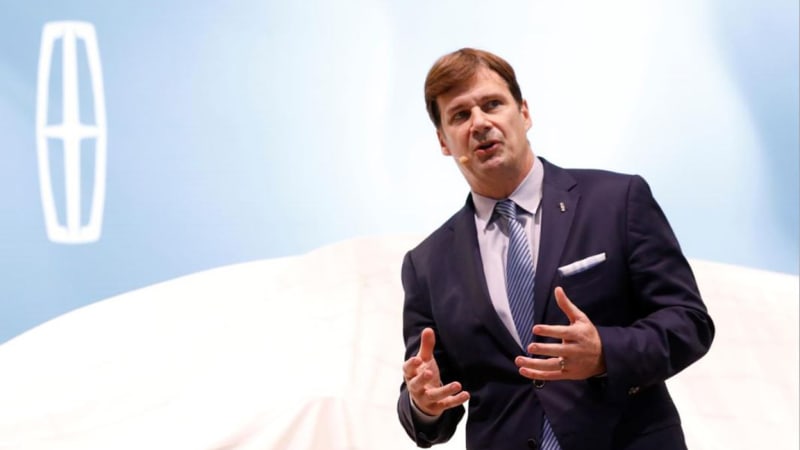Audi Repair Shop Doylestown
Call 267 279 9477 to schedule a appointment

As Ford settles in after yet another round of executive shakeups, analysts and insiders are looking back at a post-recession decade that saw the Dearborn automaker poised to capitalize on both the weak positions of its bankruptcy-burdened competitors and new opportunities for which Ford seemed uniquely positioned. Instead, says Daniel Howes of The Detroit News, Ford has time and again failed to execute.
Howes paints a picture of a company that took its strong post-recession position and squandered it, adding back costs that had been cut under former CEO Alan Mulally, diving head-first into one too many overly ambitious and ultimately underwhelming projects, and failing to meet customer expectations with key products.
Company insiders told Howes that Ford employees perform well in crisis mode, but the automaker seems to be stuck in a pattern consisting of one self-inflicted crisis after another, all stemming from poor follow-through on critical products.
The first significant warning sign may have been the fiasco with its Powershift automated manual transmission, which was the volume unit in both the Focus and Fiesta at a time when small, fuel-efficient cars were critical to rebuilding sales. Perhaps most damning is the fact that employees knew just what they were selling, yet nothing was done about it, costing the company potentially billions in profit-beating warranty costs.
“We have to fix a number of things,” new Chief Operating Officer Jim Farley (above) told investors at a Wednesday meeting, citing a need to cut $5 billion in warranty costs, successfully launch 10 key global vehicles in the next two years, and slash material and logistics costs.
The story repeated itself with the rocky launch of the new Ford Explorer and Lincoln Aviator in 2019. It couldn’t have come at a worse time, especially for Lincoln, which is finally experiencing its first promising sales trend in years.
Ford’s woes have mounted overseas as well. It faces slumping demand in China, its second-largest market. Chief Executive Jim Hackett has said the No. 2 U.S. automaker needs to move with greater speed.
It has booked $3.7 billion of a projected $11 billion in charges it previously said it would take, and expects to book another $900 million to $1.4 billion this year.
As part of its restructuring, Ford formed a wide-ranging alliance on commercial, electric and autonomous vehicles with Volkswagen AG and sold its money-losing operations in India to a venture controlled by India’s Mahindra & Mahindra.
In China, Ford lost $771 million last year, about half the 2018 loss, and its market share there has shrunk. Ford has been struggling to revive sales since its business began slumping in late 2017, and prospects look more cloudy now that the world’s largest market has been hit by a fast-spreading coronavirus.
Read the full editorial at The Detroit News.
This article includes material from Reuters.
from Autoblog https://ift.tt/2wdULq5
